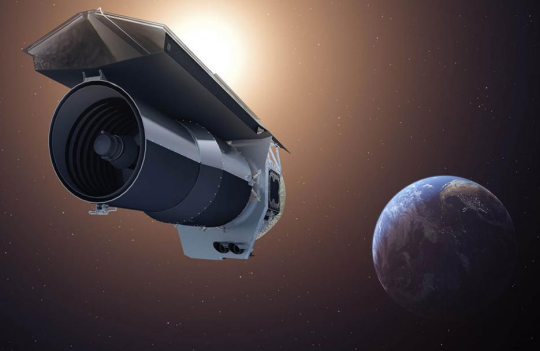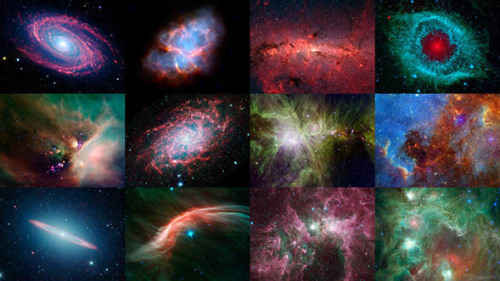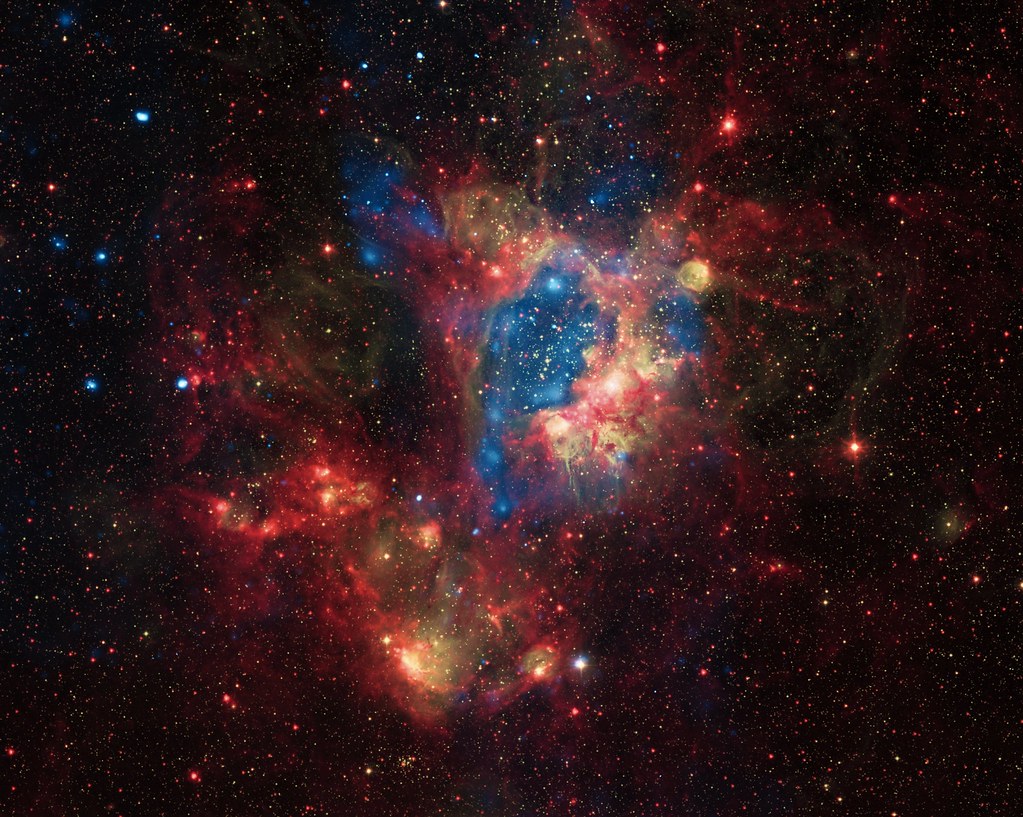#spitzer space telescope

NASA’s Spitzer Space Telescope, an infrared telescope studying our solar system, is finally coming to the end of its life. At the end of January 2020, in anticipation of the upcoming James Webb Space Telescope launch in 2021, NASA decided to end the telescope’s mission, power down its primary systems, and effectively discontinue further scientific research. The decision marked the conclusion of a 16-year campaign, which was initially intended to only be five years in duration. During its extended lifespan, Spitzer made significant contributions to our knowledge of the universe, including insight into our own origins and the evolution of galaxies.
Continue Reading
Today is the last official dayofNASA’s Spitzer Space Telescope mission <sniff>. Launched over 16 years ago, Spitzer brought the infrared universe to the forefront as one of NASA’s Great Observatories. It studied everything from our own solar systemtothe Milky Way to some of the most distant galaxies. It mapped the first “weather map” of an exoplanet, refined the density estimates for the seven planets in the TRAPPIST-1 system, and found the largest molecules known to exist in space, aka Buckyballs. I could go on and on and on!
In celebration of this amazing mission, Science Socksmadethese awesome socks so you can trap your own infrared radiation and keep your feet warm in memory of Spitzer! BONUS, $2 from every sale is donated to STEM for Her - a non-profit in the D.C. area that promotes education to create awareness, excitement, and opportunities among girls and young women to pursue successful STEM-related careers.
If you’re not ready to say goodbye just yet, you can relive some of this phenomenal mission with this tribute video and learn more about 15 of Spitzer’s greatest discoveries here.
- Summer
Post link
A Surprisingly Bright Superbubble (NASA, Chandra, 08/30/12) by NASA’s Marshall Space Flight Center

Revealing the Milky Way’s Center
The center of our Milky Way galaxy is hidden from the prying eyes of optical telescopes by clouds of obscuring dust and gas. But in this stunning vista, the Spitzer Space Telescope’s infrared cameras penetrate much of the dust, revealing the stars of the crowded galactic center region. The upcoming James Webb Space Telescope will offer a much-improved infrared view, teasing out fainter stars and sharper details.
The center of our galaxy is a crowded place: A black hole weighing 4 million times as much as our Sun is surrounded by millions of stars whipping around it at breakneck speeds. This extreme environment is bathed in intense ultraviolet light and X-ray radiation. Yet much of this activity is hidden from our view, obscured by vast swaths of interstellar dust.
NASA’s James Webb Space Telescope is designed to view the universe in infrared light, which is invisible to the human eye, but is very important for looking at astronomical objects hidden by dust. After its launch, Webb will gather infrared light that has penetrated the dusty veil, revealing the galactic center in unprecedented detail.
Image Credit: NASA, JPL-Caltech, Susan Stolovy (SSC/Caltech) et al.
Spitzer Space Telescope
Time And Space








